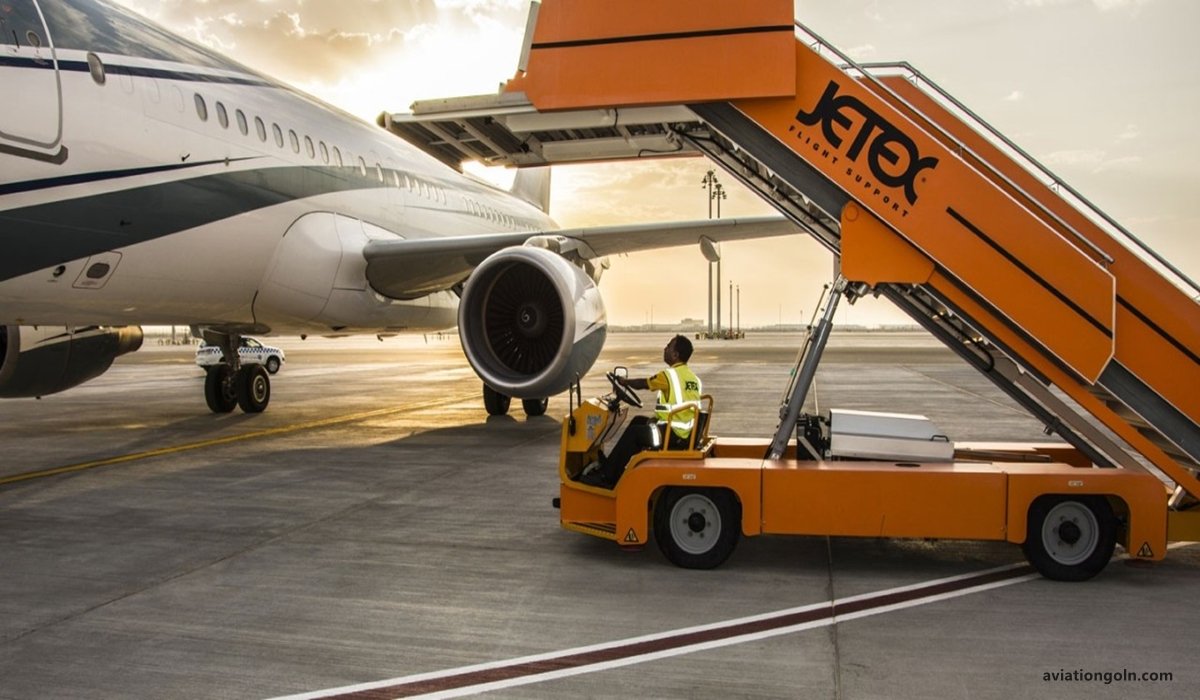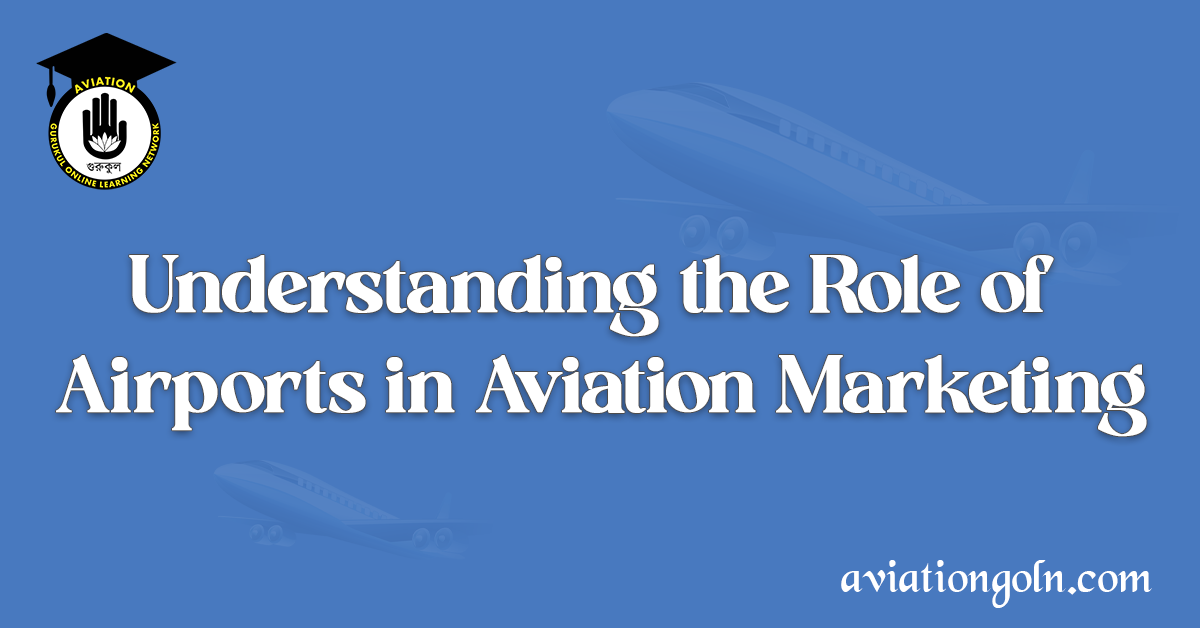Understanding the Role of Airports in Aviation Marketing: Airports have long been considered mere transition points, places where passengers shuffle between arriving and departing flights. However, in recent years, there has been a marked evolution in the perception of airports. Today, they play a crucial role in aviation marketing, impacting airline choices, passenger loyalty, and overall travel experiences.
Understanding the Role of Airports in Aviation Marketing
In this article, we delve deep into understanding the pivotal role of airports in aviation marketing.

A New Definition of Airports
Traditionally, the core function of airports was to serve as gateways, facilitating the movement of passengers and cargo between ground and air transport. But the 21st-century airport is so much more.
Modern airports have transformed into mini-metropolises offering retail spaces, dining options, entertainment zones, business facilities, and even luxury accommodations. In doing so, they’ve established themselves as vital touchpoints in the aviation marketing matrix.

How Airports Influence Aviation Marketing
- Brand Partnerships: Airports provide a platform for airlines to partner with other brands, whether it’s luxury goods, food & beverage outlets, or tech companies. These partnerships can enhance passenger experiences and are crucial for co-branded marketing campaigns.
- Loyalty Programs: Airline loyalty programs often include benefits that are airport-centric, such as lounge access, priority check-in, or exclusive retail discounts. This integration ensures a seamless and enhanced experience for loyal passengers.
- Customer Experience: The experience a traveler has at an airport can influence their choice of airline and future travel decisions. Efficient security checks, cleanliness, entertainment options, and friendly staff can significantly impact the overall perception of their journey.
- Digital Interactions: Airports, armed with Wi-Fi and digital kiosks, can promote airlines, destinations, and services digitally. These platforms offer a plethora of marketing opportunities for interactive and targeted advertising.
- Showcasing Destinations: Airports can play a role in promoting tourism by highlighting the attractions of the country or city they serve. This collaborative marketing can influence travelers to choose a particular destination, benefiting both the airline and local tourism.
- Premium Services: Offering exclusive lounges, private check-ins, and personalized services can significantly uplift the image of an airline. Airports facilitate these premium offerings, which become key marketing points for attracting high-value customers.

Challenges and Opportunities in Airport Marketing
While the potential for airports in aviation marketing is vast, there are challenges to navigate:
- Competition: With multiple airlines operating from the same airport, standing out becomes a challenge. Tailored marketing strategies are essential.
- Space Constraints: Airports can be crowded, and finding prime advertising spots might be tough. Creative solutions, like digital advertising or experiential marketing, can help.
- Diverse Audience: Airports cater to a global audience. This diversity can pose challenges in crafting universally appealing marketing messages.

However, with challenges come opportunities:
- Data Collection: Airports can gather data on passengers, helping airlines tailor their marketing efforts more efficiently.
- Events and Activations: Airports have the space and audience for events, product launches, or activations, offering a unique platform for airlines to engage with potential customers.

Case Study: Singapore’s Changi Airport – A Marketing Marvel
Singapore’s Changi Airport is often touted as one of the best airports in the world. But beyond its efficient operations and top-notch facilities, it serves as a fascinating case study in airport marketing.
With features like the Jewel (a nature-themed entertainment and retail complex), the world’s tallest indoor waterfall, a butterfly garden, and more, Changi is more than just an airport; it’s a destination in itself. This transformation has allowed Changi to play a central role in Singapore Airlines’ marketing efforts, showcasing the seamless and extraordinary experience travelers can expect when choosing Singapore as a transit or final destination.
Moreover, Changi’s consistent engagement on social media, highlighting its unique features, has garnered global attention, indirectly benefiting airlines associated with the airport.

Future of Airports in Aviation Marketing
The future looks promising for airports as central figures in aviation marketing. Here’s what we can expect:
- Greater Integration of Technology: Airports will further integrate technologies like AR and VR to enhance passenger experiences, providing unique marketing platforms for airlines.
- Sustainability: As global attention shifts towards sustainability, airports will play a role in promoting eco-friendly travel, and supporting airlines in their green initiatives.
- Collaborative Campaigns: Expect to see more joint marketing campaigns between airports, airlines, and local tourism boards to promote destinations holistically.

In today’s age, dismissing airports as mere transition points would be a glaring oversight. Their role in the passenger’s journey, combined with their capacity to offer unique marketing platforms, makes them invaluable in the aviation marketing ecosystem.
Airlines that recognize and leverage the potential of airports in their marketing strategies stand to gain significantly, offering enhanced experiences to passengers and distinguishing themselves in a competitive market. As airports around the world continue to evolve, expanding their offerings and integrating technology, their importance in aviation marketing will only grow, reshaping the way we perceive air travel.
See more:
